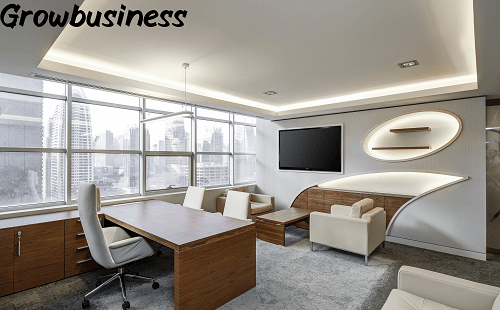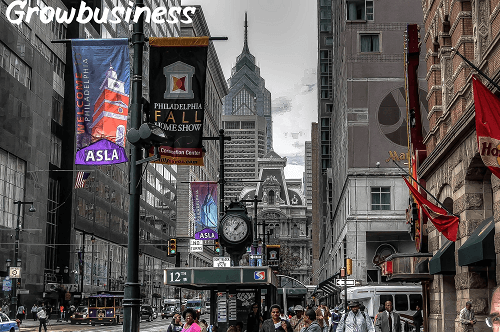Collective Cannabis Business
The New Collective Cannabis Age for the Cannabis Industry:
Business:
The business cannabis industry is undergoing a profound transformation, and one of the most innovative models emerging in recent years is the concept of collective cannabis businesses. Business collectives represent a new form of collaboration that combines community spirit with the growing demand for legalized cannabis products. In this article, we’ll explore what collective cannabis businesses are, how they work, and their business potential impact on the cannabis market.

What is a Collective Cannabis?
Business:
ACollectivecannabis is an affiliation or cooperative of licensed growers of cannabis, manufacturers, retailers, and even consumers to pool their resources and share knowledge, expertise, and responsibilities in the growing, processing, and distribution of cannabis products. The nature of the makes the pooling of knowledge, skills, and capital much more effective and less expensive for every participant.
Collective cannabis can be quite varied, but most are built around the idea of working together and not in competition. This business could be a cooperative where the members are both owners and customers or a partnership working under one brand or legal structure. It’s to share the benefits of cannabis commerce while retaining that community feel.
Benefits of Collective Cannabis :
Business:
Economies of Scale: Collective businesses reduce resource usage, which produces economies of scale that save money and provide efficiency. For example, smaller cannabis operators could use others’ processing facilities, marketing budgets, or distribution networks to lower individual overheads and compete with large, well-established companies.
- Sustainability: Collective cannabis enterprises tend to be sustainable, such as applying sustainable cultivation methods, maximizing processing energy efficiency, and generating little waste. These aspects allow collectives to share resources and utilize each other’s strengths to create an environmentally friendly model.
- Access to expertise: This is one of the greatest benefits of being part of a collective, as one can tap into a wide pool of expertise. Cultivators, manufacturers, marketers, and retailers can work together on best practices so that each aspect benefits from the collective wisdom of the group.
- Enhanced Community Impact: Collectives are in many ways less profit-maximizing than corporate cannabis. They take a very social approach where they give back to local communities, help small businesses out, and make sure everything they do benefits the entire community, not just the shareholder.
- Legal Compliance and Support: The legal environment under which cannabis operates is complex and varies by state. Collective cannabis can help members to be compliant with local and state regulations by combining efforts to share legal services and resources, reducing the chances of making costly errors.
Issues facing collective cannabis businesses:
Business:

The collective model of cannabis has many advantages but also presents challenges. The cannabis industry remains very highly regulated, and navigating the regulations can be tough, especially for small. There is also coordination and communication that needs to take place between members, which often leads to disputes or inefficiencies if not managed properly.
- Another challenge is the competitiveness of the cannabis market. The big boys, with their large amount of funding, will continue to hold a large share of the market, and some collectives may find it challenging to compete. However, most collectives are carving a niche for themselves with products such as organic cannabis and artisanal products.
- With more maturity in the industry and more states legalizing cannabis, more entrepreneurs will form collectives to take advantage of shared resources and cooperative networks. As this occurs, the collective business model for cannabis will only increase in popularity.
- As consumer preferences shift toward high-quality, sustainably produced cannabis, collectives that share those values could have an edge over the more massive corporations producing on mass.
Collective Cannabis Business FAQs:
Business:
1. How do collective cannabis businesses operate legally?
Collectives operate legally in their states by having the required licenses and permits from such states These may be cultivation licenses, manufacturing licenses, and retail licenses among others. The collectives also have to observe all the conditions spelled out for them under the law in their respective states and local settings in terms of security, tracking, and taxation.
2. What is a collective and what is a cannabis cooperative?
While both collectives and cooperatives are collaborative structures, the primary difference lies in their ownership model. In a cooperative, members typically own shares in the and have voting power in decision-making. A collective, however, can be a more informal partnership or alliance whereby one shares resources without necessarily having shared ownership.
3. Can a private cannabis be joined by an individual consumer?
Yes, at times, individual consumers can join a collective, especially in those states that allow medical marijuana collectives. In most cases, they can buy the products directly from the collective, and thus save on the money. However, requirements vary by location, so one has to check local laws.
4. What is the cost advantage of being in a cannabis collective?
The saving advantages for smaller operators relate to cultivation, processing, and distribution. Businesses get to share infrastructure, access marketing support, and take advantage of discounts on bulk purchases as resources are pooled. Combined purchasing power may also allow a collective to negotiate better terms from suppliers or distributors.
5. What types of businesses are found in a collective cannabis model?
The bottom line is that collective cannabis can take a wide variety of forms; from cultivators to processors to manufacturers to retailers and delivery services in some instances, even including ancillary in others, such as a packaging company, security company, or legal advisor to meet the needs of the collective.
Conclusion:
Business:

The collectives are, in other words, a future evolution of the cannabis industry model because they create cooperation for consumers and entrepreneurs. Actually, as the market evolves further and grows, it would be one of the crucial pieces that will fashion the destiny of cannabis commerce and just the same as how community sustainability and mutual support find their way to being crucial. If properly equipped, and with a significant commitment to compliance, collective cannabis businesses may be the next major upsurge of the legal cannabis market.


























